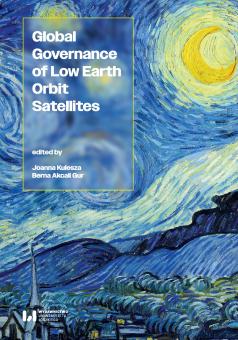How Starlink Has Impacted Connectivity Initiatives in Africa
Streszczenie
Despite the technological capability of Starlink and other low Earth orbit (LEO) satellite broadband services to provide global, high-speed internet, many countries remain hesitant or resistant to adopting such services. This chapter explores the paradox of advanced satellite connectivity being withheld from regions that stand to benefit most due to complex issues of spectrum regulation and geopolitics. Focusing on Africa, the chapter examines how LEO satellite broadband interacts with existing connectivity initiatives and national telecommunications industries. A comparative analysis of two major initiatives, the 2Africa project led by Meta and the United Nations' Universal and Meaningful Digital Connectivity by 2030 goal, highlights contrasting approaches to digital infrastructure and Starlink’s commercially driven model. Through analyzing the economic feasibility of Starlink connectivity in the African countries where they are allowed to operate, we see beyond the veil of the fulfillment of SDGs. The chapter also compares Starlink with OneWeb to illustrate how divergent deployment strategies affect national acceptance of satellite broadband. Using Nigeria and South Africa as case studies demonstrates how regulatory agencies, NGOs, and protectionist interests from local internet service providers shape the regional rollout of LEO networks. The Nigerian Communication Commission and the Independent Communications Authority of South Africa emphasize the power of these spectrum regulatory bodies and the politics at play. The chapter concludes by assessing the future of Africa’s ICT landscape and exploring the potential of spectrum regulatory bodies to shape the future of this emerging technology.
Collections


